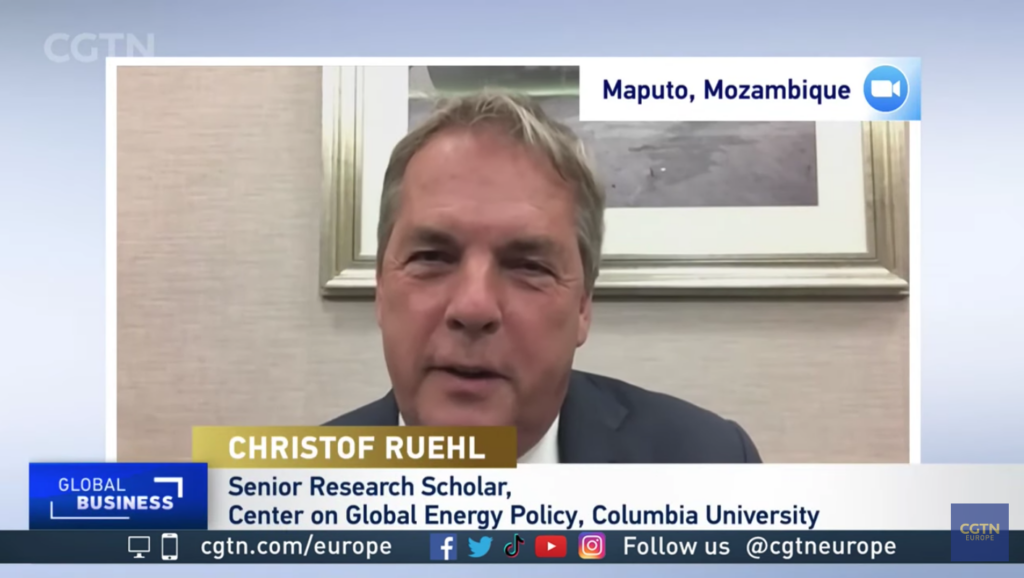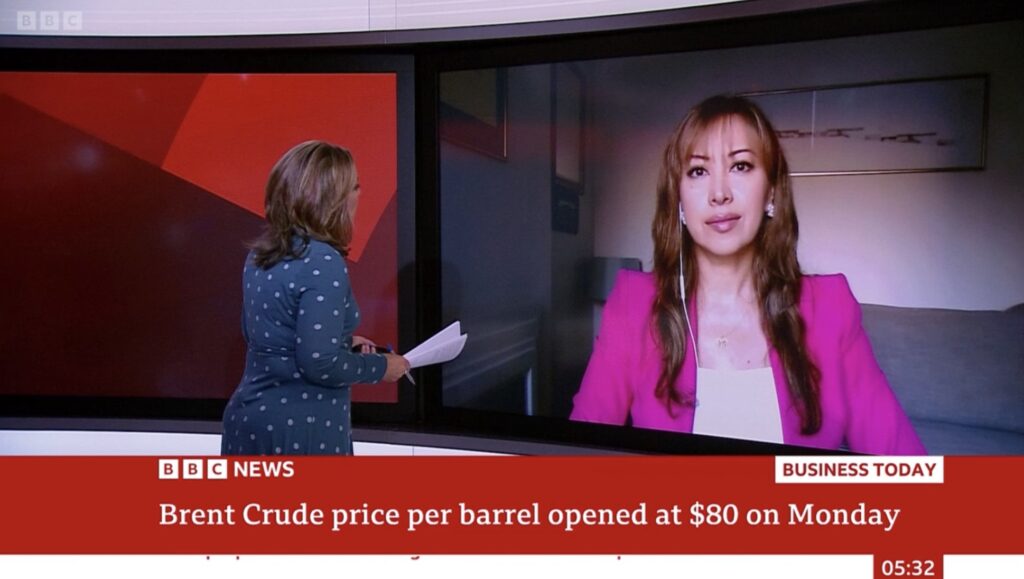In this interview given to CGTN Europe, Christof Rühl, Member of the Advisory Board of Crystol Energy and Senior Research Scholar at the Center on Global Energy Policy at Columbia University, comments on the International Energy Agency‘s (IEA) Oil 2023 report.
Key takeaways:
- The world is expected to face peak oil demand before the end of this decade. The IEA smartly hinted about that without specifying an exact date for it to occur.
- This is largely driven by efficiency improvements in how the world consumes oil.
- If the regularity in efficiency improvements since the ’80s continues to exhibit itself at the same pace for the next five years, oil demand could peak before 2030.
- A peak followed by a rapid decline in oil demand could not be the case, with fluctuations in demand, compared to a steady decline, largely expected, as has happened with coal.
- What would rather change for the oil markets are the competition dynamics. In a shrinking market, various producers would be competing for market share compared to a growing market, where almost every player could easily secure his share.
- The improvements in fuel consumption to mileage ratio outweigh the gains of switching from fuel-based to electric vehicles.
- The short term forecasts for Chinese demand by the IEA are too optimistic. A recovery of the Chinese economy is unlikely to materialise as that of the US as the latter had provided its citizens with stimulus cheques during the lockdown period.
- With every OPEC cut, the safety margins of the oil markets increase due to increased spare capacity – price spikes become less likely in case of a supply disruption.
Related Comments
“Outlook for Chinese Oil Demand“, Dr Carole Nakhle, Jun 2023









